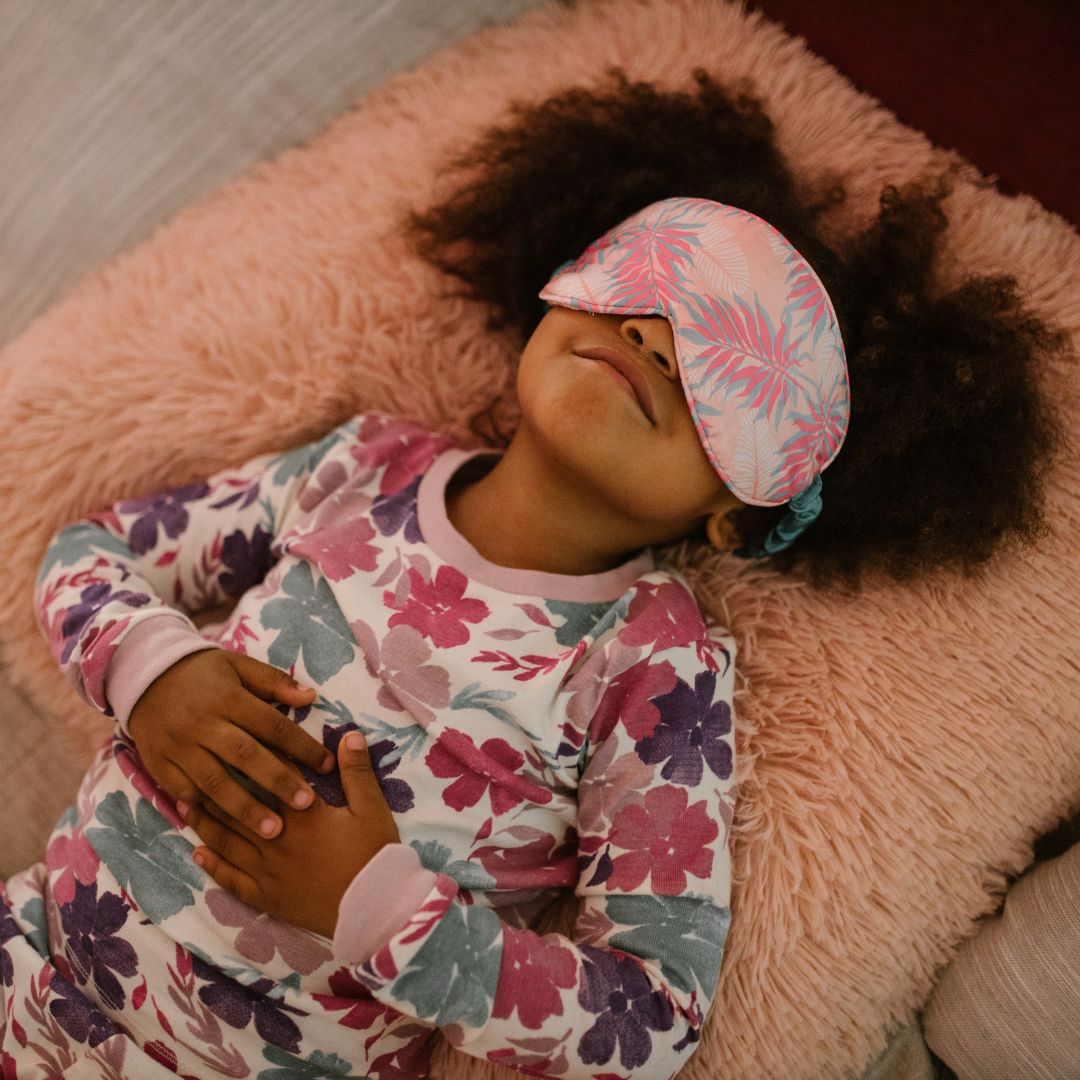Sleep is an essential function that our bodies need in order to remain healthy and fight off disease. It’s natural, and most of us welcome it every night. Well, unless you’re a toddler. It’s no secret if you’re a parent of little ones that sleep can become a fight every evening as toddlers and kids are not ready to settle and want to continue to play. And while a lot of exhausted parents find themselves in this boat with their children, some children truly don’t sleep well due to underlying issues. In fact, as many as 50 percent of children experience sleep issues at some point in their childhood.
Regardless of the cause, we’re here to provide you with “6 Tips to Help Toddlers and Kids Fall and Stay Asleep.”
Signs Of Sleep Problems in Children
However, before we dive into the tips to solve sleep issues, it’s important to understand the type of sleep disorders that occur in childhood. For some children, it can be strictly behavioral reasons as to why they’re not sleeping through the night. Yet, for others, pediatric sleep disorders can look like the following:
Insomnia
Insomnia is the most common sleep disorder and affects up to 30 percent of children. It can be due to habitual behaviors in children younger than 5 that turns into frequent and persistent night waking, and in older children and teens, it can be conditioned where feelings of anxiety prevent the child from falling asleep. For children who experience anxiety, try our “Calm Mood for Kids.”
Obstructive Sleep Apnea (OSA)
OSA is defined as pauses in breathing that frequently occur with snoring or gasping. It’s often caused by enlarged tonsils and adenoids or obesity.
Night Terrors
Night terrors are as scary as they sound. They are a type of parasomnia where the sleeper suddenly awakens feeling frightened, panicked, and having no recollection of the scary occurrence. Night Terrors occur in about 30 percent of children, aged 3 to 7, and occurs during the non-rapid eye movement (NREM) stage of sleep.
Restless Legs Syndrome
This condition causes a strong urge to move the legs. It may be related to low dopamine and iron levels that are needed for movement. If your child is experiencing an uncontrollable urge to move their legs that gets worse at night and disrupts their sleep, consult with a medical professional.
Tips To Improve Your Child’s Sleep
We get it. You’re tired and in search of ways to get your child sleeping through the night, which is why we’re providing our 6 tips below.
1. Rule Out Sleep Disorders
As we discussed above, 50 percent of children can have a sleep issue at some point. For many, that’s behavioral issues, and for others, it’s something that may need more support from a medical professional. Once you know the cause of your child’s sleep disturbance, you will know how to move forward.
2. Regulate Melatonin Production
Melatonin is a hormone that your brain produces in response to darkness. It helps with the timing of your circadian rhythm (24-hour internal clock) and with sleep. In order to get a good night’s rest, your body needs to produce melatonin at night. To naturally regulate that for better sleep, it’s important for your child to get outside and exercise in the day. A little sun on their face can help program the body to release melatonin in the evening.
3. Bedtime Routine
Children thrive with routine, especially when it comes to bedtime. By creating a routine that happens every night, your child will know what to expect and that bedtime follows. That can look like warm milk followed by brushing their teeth, bath time, stories, hugs and kisses and then bedtime.
4. Create An Ideal Sleep Environment
Your goal is to create an ideal sleep environment that will promote a good night’s rest. That can be done by keeping the room dark, cool, quiet, and calming. Achieve this by purchasing some blackout curtains, a sound machine, making sure they have their lovey or blanket and keeping the temperature between 68 and 72 degrees.
5. Avoid Screen Time Before Bed
Again, melatonin production is needed in order to promote good sleep, and if your child is on their tablet or phone before bed, the blue light can interfere with that production. The light emitted from these devices tricks the brain into thinking it needs to stay awake. Screen time should be avoided and turned off at least an hour before bedtime.
6. Try A Natural Approach
If you find that your child is still struggling to either stay asleep or go to sleep, we have the perfect solution – “Sleep Well For Kids.” Our over-the-counter natural sleep aid was created to help kids sleep soundly without any harmful side effects. Unlike melatonin and herbal supplements, Sleep Well for Kids blend plant-based ingredients that are safe & effective to reduce sleeplessness and restless sleep without harmful side effects or leaving your child feeling groggy the next day.
Simply apply this calming blend on the chest or back of the neck before bedtime, and your child will quickly relax and enjoy a deep restful sleep.
6 Tips to Help Toddlers & Kids Fall Asleep and Stay Asleep

By Dr. Peter Klapper Ph.D.



